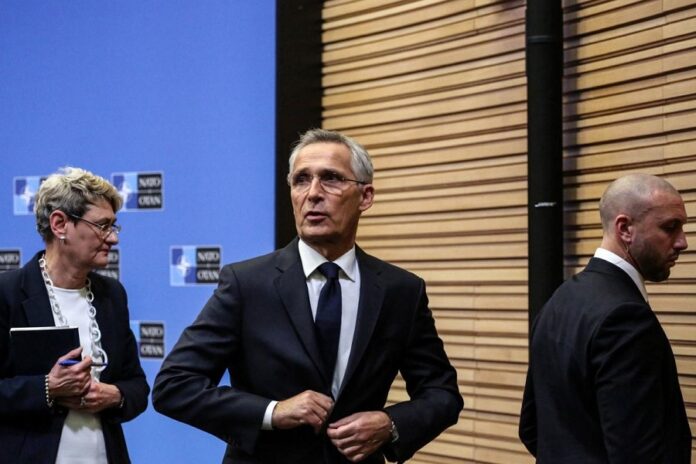NATO countries may agree as soon as this summer to spend at least 2% of their economic output on defense, a slight shift from the alliance’s 10-year-old pledge to move toward the 2% guideline, according to Bloomberg.
North Atlantic Treaty Organization Secretary General Jens Stoltenberg and the alliance’s defense ministers will begin discussing the target when they meet in Brussels for two days starting on Tuesday, with the aim to agree on a revision by the next NATO summit in Vilnius in July.
NATO countries have pledged to spend more on defense following Russia’s invasion of Ukraine last year, but many nations — including Luxembourg, Canada and Italy — are still struggling to comply with the old guideline. That makes it hard for NATO to significantly strengthen the target, which may lead allies instead to agree to a 2% floor, current and former officials and diplomats say.
“If Stoltenberg managed to get all their agreement that 2% should be a floor then that would already be, politically, a significant process,” said Heinrich Brauss, a senior associate fellow at the German Council on Foreign Relations and NATO’s former assistant secretary general for defense policy from 2013 to 2018. “In reality it would mean each state would be expected to pay more than 2%.”
In November, Stoltenberg said that defense investment will be an important topic at the Vilnius summit, adding that “2% of GDP on defense should be considered a floor, not a ceiling.”
The discussions come as the alliance is planning a broader overhaul of its defenses prompted by the Russian invasion of Ukraine. NATO leaders agreed at a summit in Madrid last June to establish a new force model that would put about 300,000 troops on high alert and to also build rotational brigades to defend the eastern flank, all of which will require additional investments.
With Poland already planning to spend 4% of its gross domestic product on defense, NATO allies could face pressure from eastern nations to further beef up spending. Britain’s then-Prime Minister Boris Johnson urged allies to consider spending more than 2% when he gathered with leaders in Madrid last year, with the UK looking to push past its current level of 2.1%.
But a higher figure could face push-back from smaller countries that have a relatively high GDP, which may struggle to find ways to spend the cash. And while Germany is planning to spend at least 100 billion euros to modernize its defense systems, Berlin doesn’t expect to meet the target until the end of 2025.
While allies generally agree they need to spend more, one of the major outstanding questions will be how fast they should do so, according to a senior European diplomat, who added there is also a push for a greater portion of that spending to be invested in capabilities, versus pensions or other non-material expenditure. In 2014, allies had also set a target to spend at least 20% of their annual defense spending on new equipment and research.
At the meeting in Brussels this week, defense ministers are also expected to sign off on new political guidance, which will set out the investment requirements for allies to prepare for any potential future military activity.
NATO allies will be asked to shift investments toward capabilities needed for collective defense, such as heavier forces, as well as more air and missile defense, a senior NATO official said. The guidance will also underscore the need for more investment in digital modernization and emphasize the need to use data collected from forces in an integrated way. Once guidance is adopted, NATO’s military command will detail requirements for each ally over the coming months.


